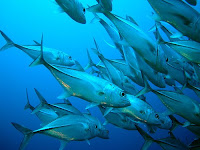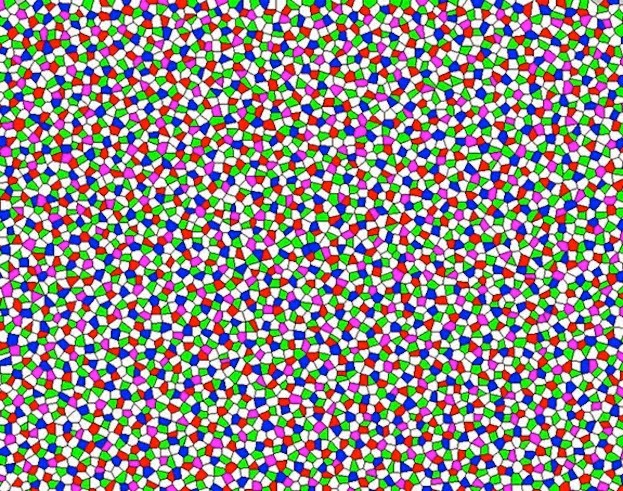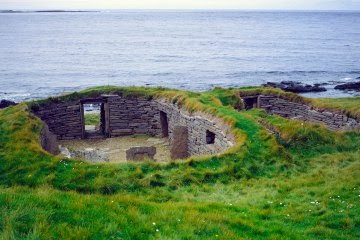
Earlier in the year we talked about the food chain and how energy is transfered through ecosystems. We learned that a food chain starts with the producers (organisms that can make their own food) and then how that energy can then be transfered to the herbivores, omnivores, carnivores, and finally the decomposers. Well, if it is true that the food chain begins with the producers then the most vital aspect of that chain must be the ground in which those organisms grow. We don't often give respect and appreciation for the dirt that is one of the most significant components of our ecosystem.
BlogWork
Go to the website: Life Under Your Feet
On the left side of the page you will find six links (soil ecology, what is soil, soil organisms...etc). Go through each page, read the whole page, then write down three important facts (in sentence form) for each page.



